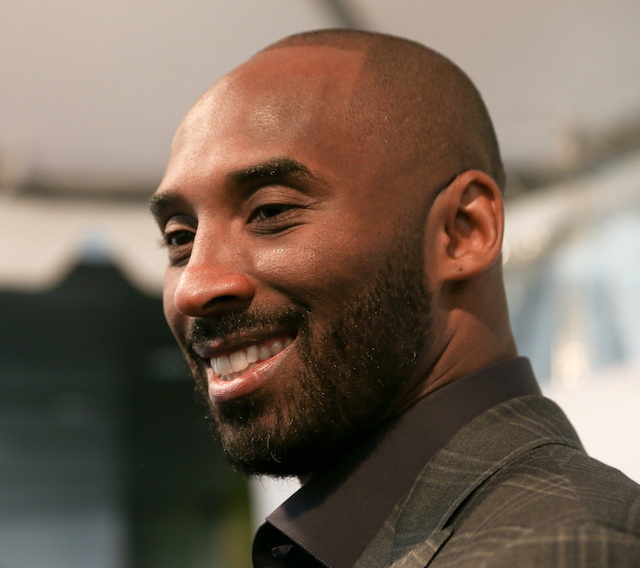Kobe Bryant Accident Shows Challenges of Misinformation

The confusion over the facts of the terrible helicopter accident in which basketball phenom Kobe Bryant, his daughter, and seven other people tragically died reminds us that, when a crisis occurs, initial information typically is wrong. This caused some soul-searching among journalists; it’s also an important lesson for communicators.
Anyone riveted to the sad news on Sunday understands this. The facts about the accident near Los Angeles were in constant flux. The New York Times has done a summary of the early reporting, which is instructional.
Celebrity site TMZ was first to report the news. More mainstream media outlets, which typically don’t report victim names until families are notified, held back. Some posted on their Twitter accounts that they were trying to confirm the story.
Once, for example, the Los Angeles Times reported the story, it incorrectly said five people in total were killed. ABC’s chief national correspondent wrongly reported that all four of Bryant’s children were on board. It came out that one of his daughters was with him, then that she wasn’t. At one point it was reported that Rick Fox, a former L.A. Lakers teammate of Bryant’s, was on the helicopter (the Times says that rumor arose from social-media chatter).
In fact, a total of nine people, all on the helicopter, including the pilot, died. Kobe’s 13-year-old daughter was the only family member on board. Rick Fox was not. It’s a cautionary lesson showing that, in the beginning of a crisis, communicators shouldn’t assume the information they’re getting is correct — it is most likely wrong.
Official Statements
In addition to the outpouring of bereaved commentary from global friends and fans of Bryant (pictured), official statements were required from certain companies.
Sikorsky, owned by Lockheed Martin, made the helicopter. “Safety is our top priority; if there are any actionable findings from the investigation, we will inform our S-76 customers,” Lockheed Martin said in a statement.
Island Express Helicopters, which owned the helicopter, put out a terse statement that gave too little recognition to its pilot. “We are deeply saddened by this tragedy,” the company wrote. “Our top priority is providing assistance to the families of the passengers and the pilot.”
We extend our sincerest condolences to all those affected by today’s Sikorsky S-76B accident in Calabasas, California. We have been in contact with the NTSB and stand ready to provide assistance and support to the investigative authorities and our customer.
— Sikorsky (@Sikorsky) January 26, 2020
Some brands also adjusted their marketing messages in response to the tragic accident. For example, Kraft Heinz has a major campaign going concerning the (metaphorical) death of Mr. Peanut: Its Planters brand is retiring its mascot going back to 1916. The company pulled spots from Twitter and YouTube that showed him falling to his death after his car goes off a cliff.
That was a smart, crisis-preventing move.
Photo Credit: Debby Wong/Shutterstock
This is an abridged version of an article that appeared today on the CrisisResponsePro paid subscription portal. (CrisisResponsePro subscribers can access the full version by clicking here. ID and password are required.) To take advantage of all of the content, data, and collaborative resources CrisisResponsePro has to offer, contact us at info@crisisresponsepro.com.




 Back to Blog
Back to Blog